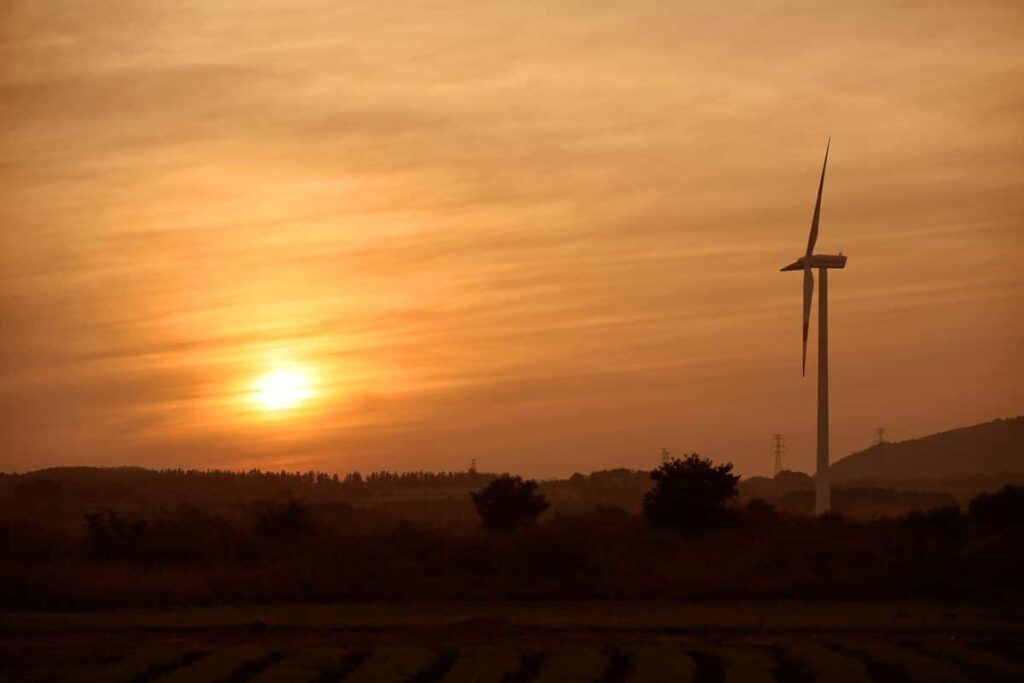Renewables driving down Australian energy bills

The Australian Energy Market Commission’s latest annual Residential Electricity Price Trends report shows costs are falling as renewables build-out replaces inefficient coal-fired generation.

More than 4.2 GW of new renewables capacity over the next three years and an anticipated decline in gas prices will drive down electricity costs for residents of Australia’s east coast by an average of about 9% up to 2023. However, a slight increase in costs is predicted when the Liddell coal-fired plant closes in early 2023, according to the Australian Energy Market Commission’s (AEMC) newly published Residential Electricity Price Trends 2020 report.
Figures vary among jurisdictions, with the Australian Capital Territory (ACT) calculated to experience a slight rise of 2% over the period. Southeast Queensland, meanwhile, is set enjoy the biggest drop of around 14%. But what’s wrong with that picture? Of course, individual household bills will still be influenced by energy use and the energy offer they’ve signed up to.

“(It) reinforces that the market is competitive with committed new generation continuing to push down wholesale prices even without recently announced government plans to underwrite more capacity,” said Sarah McNamara, the Australian Energy Council’s chief executive.
The impact of government policy and the signals it provides to investors is still key. And the anticipated decline in gas prices is no validation of the federal government’s so-called gas-led recovery from Covid-19. However, the report is a high-five to the dogged persistence of the renewables industry in building generation, despite the federal government’s hands-off-the-wheel approach to driving transition.
More renewables
The AEMC has added up a committed project capacity over the coming three years of 1,667 MW of solar and 2,580 MW of wind generation. But its calculations do not include the potential positive effects of the New South Wales government’s recently announced Electricity Infrastructure Roadmap, which aims to underwrite 12 GW of renewable energy in the state by 2030, or the Victorian government’s November budget commitment to develop six renewable energy zones.
“We conducted our analysis before those announcements were made and so our numbers do not reflect the impact those developments could have on prices,” said AEMC Chief Executive Benn Barr.
He said the outcome for 2023 prices may well be different – that is, the NEM might not see a tightening of demand around the closure of Liddell, if still greater renewable generation begins to have a timely effect due to these state initiatives.
“In any case, the overall figures show that prices in 2023 will still be lower than they are today,” said Barr.
Investment in low-cost renewable generation is enmeshed in the three main drivers of household electricity bills, which are trending as follows:
Wholesale costs are expected to fall by about $150 per household between fiscal 2019-20 and fiscal 2022-23, as more generation capacity enters the system and gas prices remain low.
Network costs are set to fall by about $4 by fiscal 2022-23.
Environmental costs – that is, the cost of the large-scale renewable energy target (LRET) and the small-scale renewable energy scheme (SRES) – are expected drop by AUD 5 (US$3.80) over the three years, as large-scale generation certificates (LGCs) continue to fall in cost. These costs have mostly increased over the past decade, but “they have now been projected to drop for two years running,” AEMC said.
“It’s great to see prices falling, because at the AEMC, what drives us is how to keep the lights on and costs down in a decarbonizing power system,” said Barr.
From: https://www.pv-magazine.com/2020/12/21/renewables-driving-down-australian-energy-bills/

